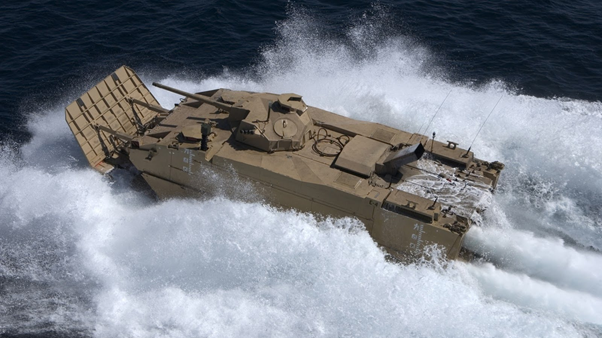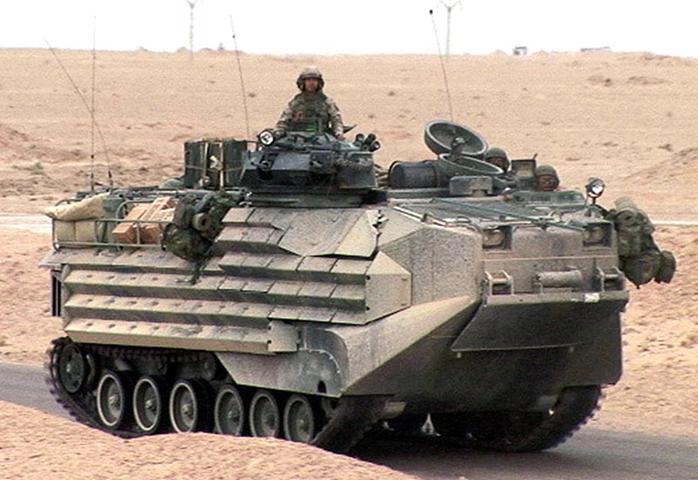
NP Aerospace has re-engineered 12 Ridgback & Mastiff platforms for £7m under an Urgent Capability Requirement (UCR) in Mali, Africa, under the Protected Mobility Engineering & Technical Support (PMETS) contract.
Just look at that ground clearance contrasted with regular Mastiff!

Just look at that ground clearance contrasted with regular Mastiff!


Mods include independent suspension (nice clear view here) incorporating ride height control, along with upgraded driveline, steering and braking systems, CTIS and increased diameter tyres.
Just look at that ground clearance contrasted with regular Mastiff!
Just look at that ground clearance contrasted with regular Mastiff!

Whilst only a handful of vehicles, what a cracking story of UK industry providing very responsive big capability lift to existing assets at low cost (bearing in mind includes initial R&D) and very short time - first wave delivered in just over 80 working days and already deployed
In a resource constrained environment, a wider rollout of this modification package to more of the 600+ vehicle Mastiff/Wolfhound/RIdgeback fleet could be a way to get something, and quickly, rather than nothing 

• • •
Missing some Tweet in this thread? You can try to
force a refresh


















